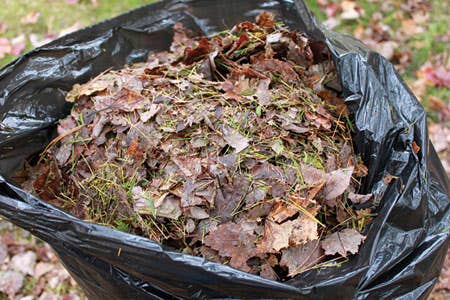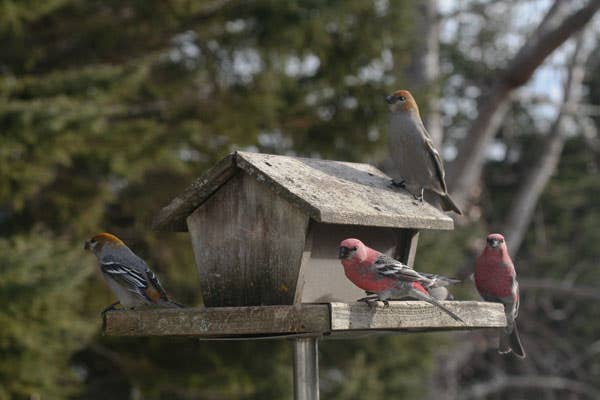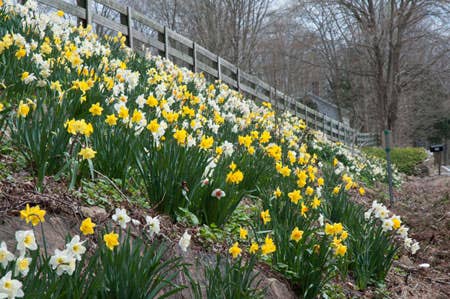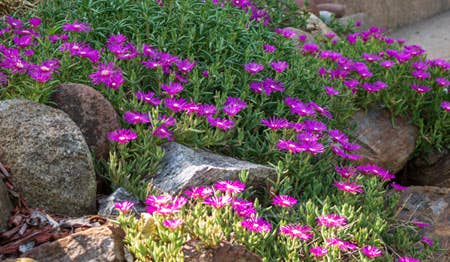Question: Can I force any bulb in water, or just certain kinds?
Answer: Your best bets are crocus, hyacinth (shown) and paperwhite narcissus. You can also try daffodils and early-blooming tulips.
You can buy special vases in which to force hyacinths; these vases have a cupped top that tapers to a high waist, then flares out again to a wider base. In lieu of such a vase, you can use a regular glass or jar. Just poke toothpicks into the bulb, then rest the toothpicks on the rim of the container so the bulb stays suspended. The water should be just below the base of the bulb.
Smaller bulbs, like paperwhites and crocus, are usually grown in a shallow tray lined with pebbles or beads. Push the bulbs into the pebbles to secure them, and add water so it is just below their bases.
In any case, it's best to use a clear container, so that you can see the water level. You want the roots to grow into the water, but you do not want the bulb to touch the water—otherwise it could rot.
Keep your water-forced bulbs in a cool, dark location for a few weeks, after which roots should be growing down into the water and green top growth should be nosing out. Move them to a brighter location and enjoy the blossoms as they come. Paperwhite narcissus can be placed in a bright, warm location immediately after you set up the tray for a quicker bloom.
__________________________________________________________
Learn more about growing bulbs with Horticulture's affordable, downloadable guides: Bulbs, or Bulbs & Tubers.
Get the ultimate Q&A collection on bulbs with Jim Hole's Bulbs: Practical Advice and the Science Behind It.
Expand your indoor garden with The Houseplant Encyclopedia.







